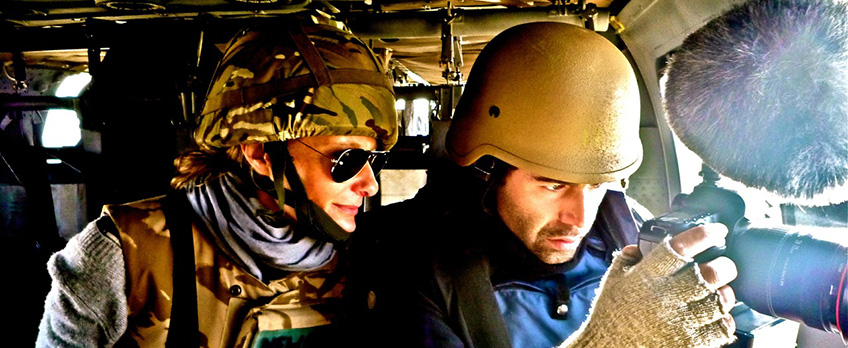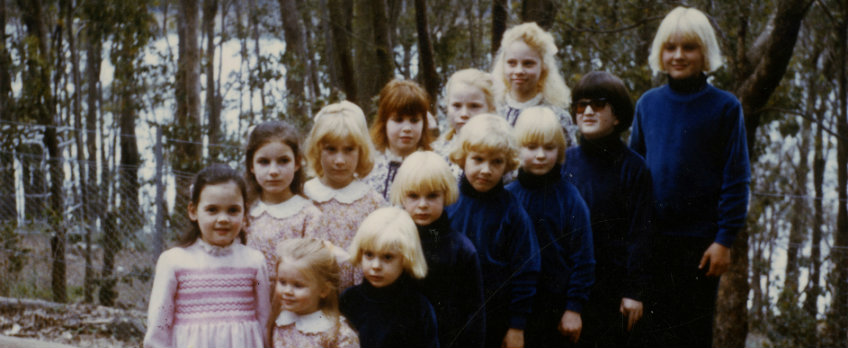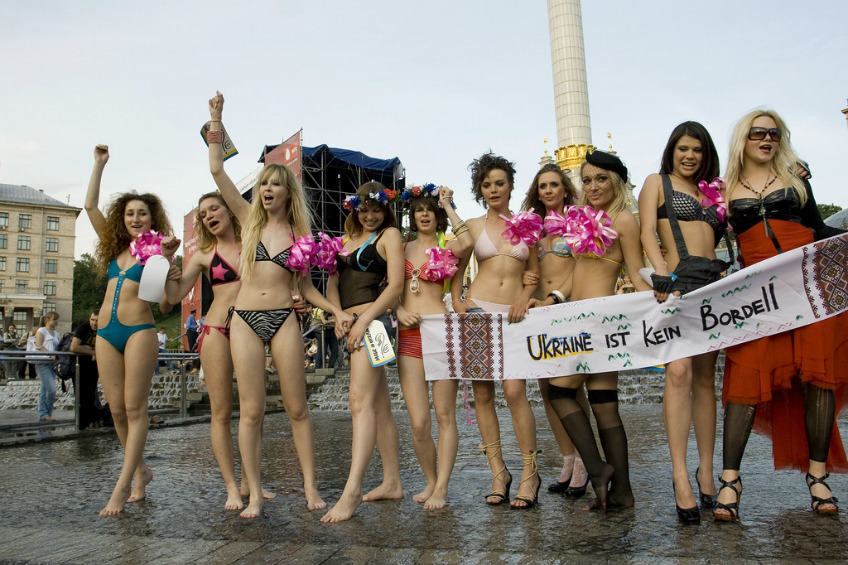Keeping It Real: Women Paving the Way in Australian Documentary

Tanya Farley, Critics Campus 2016
The latest Screen Australia figures reveal that women comprise 34 per cent of non-fiction directors in Australia, compared with just 16 per cent of directors across the industry as a whole. While the recent figures are a significant improvement from the pioneering days of Australian filmmaking, these numbers have been static since the 1980s, and hardly reflect the optimum split many filmmakers feel would more accurately reflect cinema audiences. Yet the recent success of local women documentary filmmakers – Jennifer Peedom’s Sherpa (MIFF 15) and Eva Orner’s Chasing Asylum (2016), along with current MIFF’s 2016 selections including Rosie Jones’ The Family and Sascha Ettinger Epstein’s Destination Arnold – indicate that the balance is shifting.
The MIFF Talking Pictures panel Breaking the Celluloid Ceiling addressed these questions and more. Hosted by Film critic Margaret Pomeranz, the panel featured filmmakers Kitty Green, Jocelyn Moorhouse, Gilian Armstrong, Sophie Hyde and Sue Brooks, who articulated her utopian plan for gender parity in the film industry: “Imagine if some 85 per cent of Australian films were made by women. What would that do? Not just for film but for the monoculture?”
In the first half of 2016, ten Australian documentaries made it to cinemas (including festival releases). Of these, three were helmed by women (Chasing Asylum, Sherpa, and Wide Open Sky by Lisa Nichol), and one, Remembering the Man, was co-directed by a woman, Eleanor Sharpe. This follows a landmark year in 2015 for Australian women documentarians, with four of the seven Australian documentaries released (including Gillian Armstrong’s Women He’s Undressed, as well as Nichole Ma’s Putuparri and the Rainmakers and Olivia Peniston-Bird’s Graceful Girls, which both screened at MIFF) also directed by women. By contrast, of the 33 Australian features released in the year, two were directed by women. Based on data dating back to 1985, 2015 was the first time in Australia that women directors had been responsible for more theatrical releases – documentary or drama – than men. This is a start, but how do we keep moving forward?

The reality is simple: to make a film, you need to finance it, which means demonstrating that it can make money back. “Above all, it’s a business”, says iconic director Gillian Armstrong. “There is an inherent myth that films by women don’t make money.” Across both fiction and non-fiction, Armstrong has been busting this myth since her international success with My Brilliant Career (1979): with this movie, she was the first woman to direct a drama in Australia since the pioneering work of the McDonough sisters (Isabel, Phyllis and Paulette) in the 1920s and 30s. Referring wryly to documentary as “charity work”, Armstrong says that women have more opportunities in documentary filmmaking, as this mode of practice often (but not always) relies on smaller budgets, smaller crews, and approaching risk-adverse funding bodies or distributors with a near-finished product. “But recently we’ve seen documentaries breaking through, and finding an audience, and in doing that they are eroding the myth of risk,” she says.
In May 2016, Sherpa surpassed the $1,000,000 box office marker, making it only the fourth home-grown documentary to reach that milestone. Similarly, Chasing Asylum hit close to $500,000 in the first five weeks of its release, despite a limited theatrical run. For Armstrong, while budgets and scale may differ, the success of recent woman-created documentaries strengthens the case for investment in films by, for, or about, women across the board: “No matter what form, the more visibility, and more stories that are brought to life by women, the more the Australian industry will truly reflect an authentic Australian voice.”

This notion of voice is also key for Melbourne documentary director Kitty Green (Ukraine Is Not a Brothel, MIFF 14). “I hate when people make generalisations,” says Green. “That it’s going to be soft, it’s not going to be provocative, and it’s not going to be certain things that a male filmmaker would make.” Following the rise of Ukrainian feminist activist group FEMEN, Ukraine Is Not a Brothel is far from genteel: in making the film, Green lived with FEMEN members and faced constant threats of violence and prosecution. Despite the fact that Ukraine is Not a Brothel premiered at the Venice Film Festival and won the 2014 AACTA Award for Best Feature Length Documentary, Green plays down her presence at screenings: “I don’t want people to think from the outset ‘this film was made by a girl.’ I want the film to speak for itself.”

Funding policy-makers are starting to recognise rising audience demands for more diverse voices, for more films that speak for themselves from different parts of the community. Screen Australia’s Upcoming Productions report lists 10 feature documentaries directed by women from a total of 24, and the agency’s latest figures show 430 women directors are actively working in the documentary sector, compared to 190 in drama. Backed by the recent Federal Government Gender Matters funding package and a range of initiatives being rolled out by state funding agencies, the goal is to achieve gender parity in Government screen funding within five years.
This is, of course, part of an international shift, and funding is only one aspect of the tale. Festivals are also taking note, with this year’s Fribourg International Film Festival throwing down the gauntlet by dedicating it 30th anniversary program to women both onscreen and behind the camera. If these trends and industry support models continue, the real goal will be to change the picture entirely so that gender is no longer the story. As New Zealand–born, Australian-based filmmaker Jane Campion said in 2014 as she led the Cannes Film Festival jury: “Film-making is not about whether you’re a man or a woman; it’s about sensitivity and hard work and really loving what you do. But women are going to tell different stories – there would be many more stories in the world if women were making more films.”